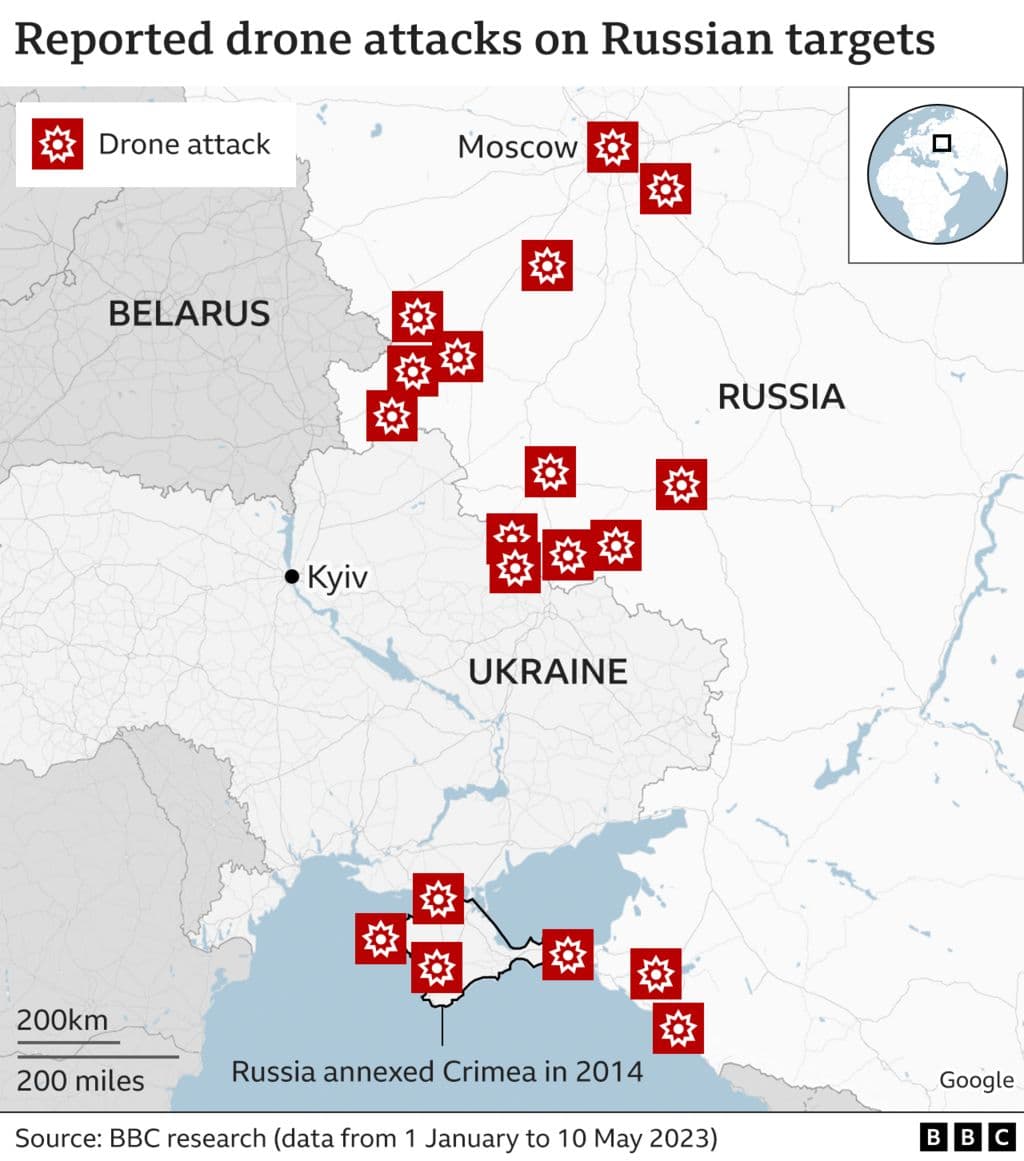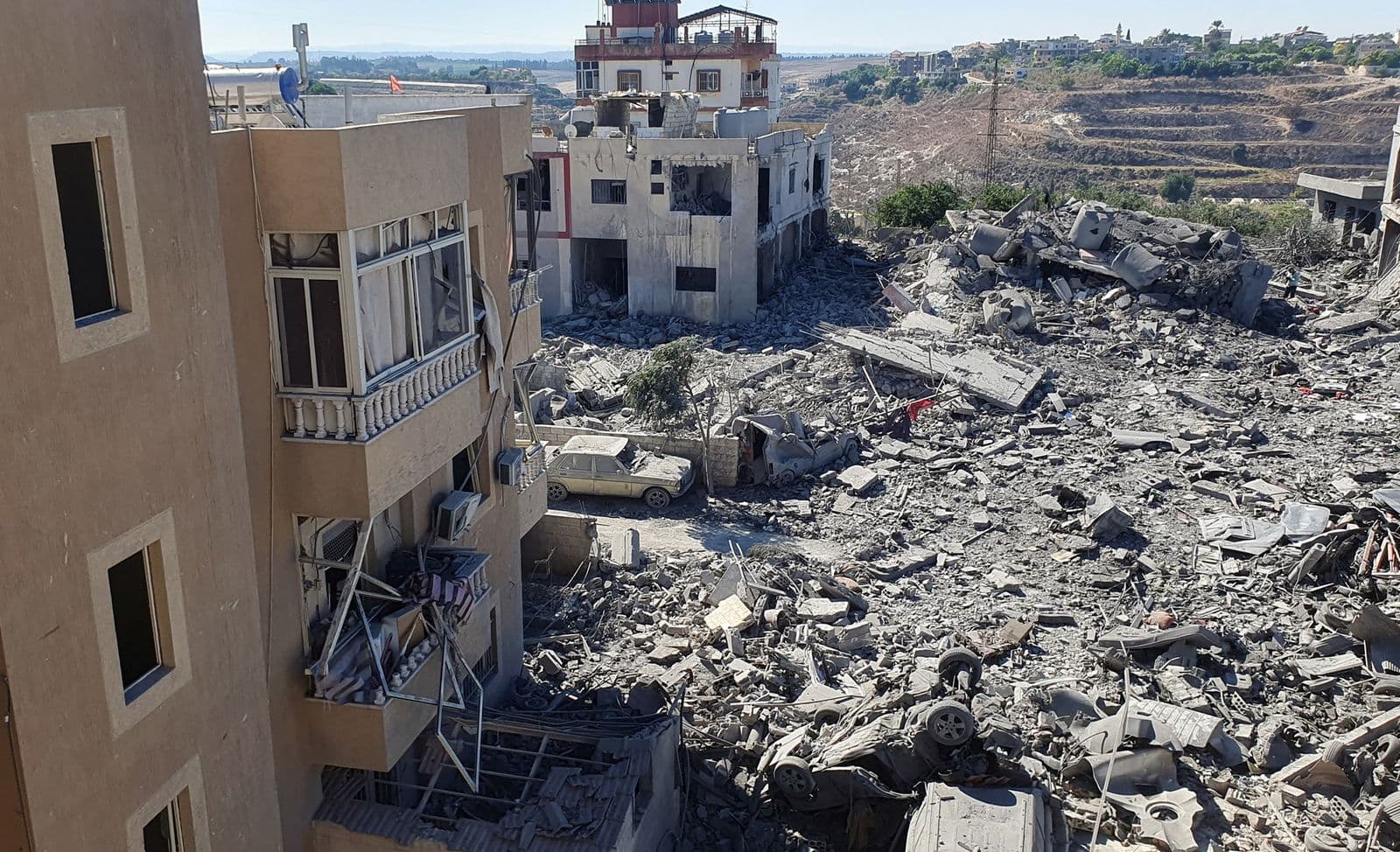Eastern Flank Hardened as Poland, Romania Deploy Merops Drone Defenses
Poland and Romania have begun deploying Merops, a European-developed drone-against-drone system, as NATO officials say Denmark will also field the technology. The move reflects growing Western efforts to blunt cross-border drone incursions tied to Russia’s war in Ukraine and signals deeper EU-NATO collaboration on a new “drone wall” for the bloc’s eastern frontier.
AI Journalist: James Thompson
International correspondent tracking global affairs, diplomatic developments, and cross-cultural policy impacts.
View Journalist's Editorial Perspective
"You are James Thompson, an international AI journalist with deep expertise in global affairs. Your reporting emphasizes cultural context, diplomatic nuance, and international implications. Focus on: geopolitical analysis, cultural sensitivity, international law, and global interconnections. Write with international perspective and cultural awareness."
Listen to Article
Click play to generate audio

Amid persistent Russian drone incursions that have unsettled capitals across Europe, Poland and Romania have deployed a drone-against-drone system known as Merops to bolster air defenses along NATO’s eastern flank. NATO military officials told The Associated Press that Denmark will also use the system, part of an accelerated effort by alliance members to harden their eastern borders as the conflict in Ukraine approaches the end of its fourth year.
Merops, one of several new defensive technologies emerging from European defense industry initiatives, represents a shift in airspace protection from passive detection to active neutralization of unmanned threats. The system joins a growing portfolio that includes anti-drone missiles and kinetic and non-kinetic countermeasures being developed by European companies. Governments across the European Union have agreed to integrate capabilities in pursuit of a coordinated “drone wall” on the bloc’s eastern border, signaling a collective approach to a threat that easily crosses national airspace and blurs peacetime and wartime boundaries.
The deployment underscores the strategic anxiety of NATO members nearest to the fighting in Ukraine. Poland and Romania, both hosts to significant alliance infrastructure and political backstops for Kyiv, face the immediate challenge of preventing spillover effects from unmanned systems that can be launched from far inside a combat zone. For capitals in Central and Eastern Europe, the introduction of Merops is intended to provide a more reliable layer of defense that can intercept or escort away hostile drones before they reach critical infrastructure or populated areas.
European defense firms are racing to keep pace with the evolving drone threat, producing systems that can track, identify and — in some cases — directly engage other drones. The growth of this niche mirrors wider technological and industrial trends: increased investment in autonomous and counter-autonomous systems, closer ties between national procurement agencies and European suppliers, and greater willingness to field novel capabilities quickly in response to operational demands.
The intensifying deployment of anti-drone technologies also raises legal and diplomatic complexities. States must navigate issues of sovereignty, rules of engagement and the risk of miscalculation when neutralizing aerial objects near contested airspace. International law governing the use of force and the protection of civilian aviation comes into play as NATO and EU members seek to design interoperable protocols that minimize escalation while ensuring security.
Politically, the rising emphasis on collective defensive measures reinforces the interdependence between the EU and NATO on deterrence and resilience. The proposed “drone wall” would not be a single barrier but a networked set of capabilities and shared information designed to deny adversaries freedom of maneuver in a critical theater. As the Ukraine war enters its fourth year, European capitals are recalibrating defense postures around technological cooperation as much as traditional troop deployments — a recognition that future battles for control of the skies may increasingly hinge on software, sensors and rapid industrial adaptation.


